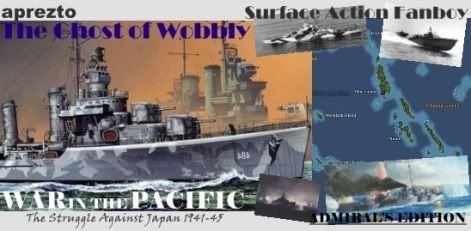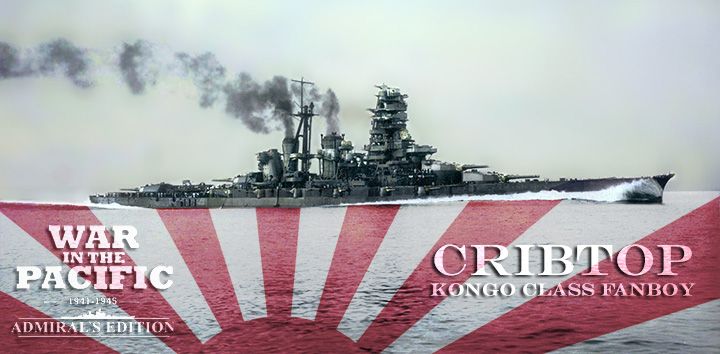brhugo
Posts: 73
Joined: 2/2/2010
Status: offline

|
The USS Seal (SS-183) was the second ship of the United States Navy to be named for the seal. Her keel was laid down on 25 May 1936 by the Electric Boat Company in Groton, Connecticut. She was launched on 25 April 1937 at the Naval Submarine Base, New London and commissioned on 30 April 1937. Lieutenant Karl G. Hensel was her commissioning commanding officer.
The USS Seal (SS-183) was the second ship of the United States Navy to be named for the seal. Her keel was laid down on 25 May 1936 by the Electric Boat Company in Groton, Connecticut. She was launched on 25 April 1937 at the Naval Submarine Base, New London and commissioned on 30 April 1937. Lieutenant Karl G. Hensel was her commissioning commanding officer.
Following an extended shakedown cruise in the Caribbean Sea and a post-shakedown yard period, Seal departed New England in late November and proceeded to the Panama Canal Zone to commence operations out of her home port, Coco Solo. Arriving on 3 December, she conducted local operations off Balboa, Panama, and off Coco Solo into January 1939, then proceeded to Haiti where she participated in type exercises prior to Fleet Problem XX. That exercise, to test the fleet's ability to control the approaches to Central America and South America, was conducted during late February in the Lesser Antilles.
In March, Seal returned to the Haiti–Cuba area for exercises with Destroyer Division 4 (DesDiv 4). In April, she proceeded to New London, Connecticut, for overhaul which included modification of her main engines. In June, the submarine again sailed south, transited the Panama Canal, and continued on to San Diego, California, and Pearl Harbor. In Hawaii from July to September, she took soundings for the Hydrographic Office and participated in various local exercises. At the end of the latter month, she returned to San Diego, her home port into 1941.
During the next two years, she conducted exercises and provided services to surface ships and to United States Navy and United States Army air units along the West Coast and in the Hawaiian area. In the fall of 1941, Submarine Division 21 (SubDiv 21) - of which she was now a part - was transferred to the Asiatic Fleet. Departing Pearl Harbor on 24 October, she reached Manila on 10 November.

 Attachment (1) Attachment (1)
|
 Printable Version
Printable Version


















 New Messages
New Messages No New Messages
No New Messages Hot Topic w/ New Messages
Hot Topic w/ New Messages Hot Topic w/o New Messages
Hot Topic w/o New Messages Locked w/ New Messages
Locked w/ New Messages Locked w/o New Messages
Locked w/o New Messages Post New Thread
Post New Thread